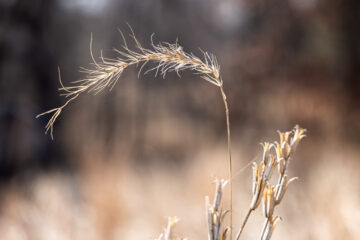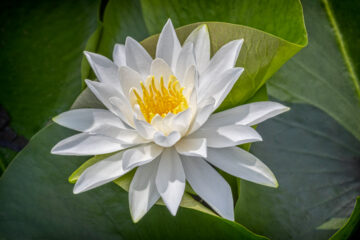[ylwm_vimeo]56577751[/ylwm_vimeo]
Mochi is a Japanese rice cake made of sweet rice, pounded into paste and molded into the desired shape. In Japan it is traditionally made in a ceremony called mochitsuki. While also eaten year-round, mochi is a traditional food for the Japanese New Year and is commonly sold and eaten during that time. Yesterday, at a New Year party I visited in Hilo, a special “good luck” soup that contained a plain mochi was served.
When the first Japanese immigrants reached Hawai`i in 1885, they brought with them the language, religious beliefs, and traditions of Meiji Japan. Among those traditions was New year mochi pounding, which has become as much a part of Hawai`i’s holiday festivities as Santa Claus and reindeer.
Traditional mochi pounding ceremony can be hard to find in Japan, but it is enjoying increasing popularity in Hawai`i. While the children and grandchildren of the original Japanese immigrants worked to assimilate into American culture, especially during and after World War II, their grandchildren and great grandchildren are taking pride in their Japanese heritage and re-learning many of the traditional arts and crafts, such as mochitsuki. With the cultural sharing for which Hawai`i is famed, people of all cultural backgrounds are welcome to participate, and do.
Mochitsuki is an all-day event which requires many hands, long hours, and physical labor, but is also a time of fellowship and socializing with friends and family. In Akiko’s village, neighbors, friends, and relatives all pitched in to make a memorable day for everyone who attended.
Mochitsuki begins the three days before, with the washing of the mochigome (sweet glutinous rice) and leaving it to soak in large kettles or tubs. The rice is rinsed at least once a day for three days. Early in the morning of the fourth day, the mochigome is ready to be steamed in the seiro—wooden steaming frames. Three or four seiro are stacked one on top of the other and placed over a kettle of boiling water. At Akiko’s, this year, 110 pounds of rice was steamed, pounded, and shaped into mochi. Plain mochi and mochi filled with red bean paste were made. Other fillings may also be used. In Hilo there is a shop called Two Ladies Kitchen which creates many beautiful shapes, colors, and flavors of mochi.
After the rice is cooked, it is dumped into the usu, or mortar, made from a wood stump, stone or concrete form. The hot cooked rice in the usu is pounded with a kine or wooden mallet. With enthusiasm and force, the mochi is pounded until the mass of rice is smooth and shiny, with no discernible individual grains of rice. An essential participant in the pounding is the person assisting who quickly darts his or her hand into the usu and turns the rice before the next rhythmic pound.
The smooth, consistent mass of mochi is turned onto a cloth or paper covered table, already spread with a thin layer of mochiko (sweet rice flour). This makes the sticky mass easier to handle. An adept person pinches off small portions of the steaming hot mochi for others, who quickly form them into flattened bun shapes with their hands. The formed mochi is then set aside to cool and is ready to eat.
Mochi pounding day at Akiko’s (an annual event for 15 years) is like a village festival with lunches, arts and crafts vendors, massage, I Ching readings, Hawaiian music, Taiko drumming, and Hula along with the mochi pounding and sales of mochi.



4 Comments
Myrna · January 13, 2013 at 4:48 pm
Wonderful slide show!
Mohamed Kone · February 5, 2013 at 6:02 pm
Marilyn,
I had no idea that in addition to being a skilled photographer of beauty you were also an amazing photo journalist 🙂
Through your slideshow, I was transported to the Mochi Pounding festivities as if I was part of it. Thank you for the opportunity Marilyn. Now I need to find a way to taste this rice 🙂
Karen Davidson · February 21, 2015 at 7:54 am
Wonderful slide show, Marilyn. It was fascinating. Thank you for documenting and sharing it — you were so lucky to be part of a true Hawaiian celebration. It was all new to me. You’ve made me hungry for that rice, and I want to go back to Hawaii. I forgot that special, loving, laid-back feeling — it was thirty years ago. The music was perfect.
Wailea Village Mochi Pounding Festival | Live Hilo · January 3, 2014 at 10:02 am
[…] all that going on, there’s one thing we had to do: pound mochi in Hakalau. It’s becoming our own little family tradition. Akiko’s Buddhist Bed and Breakfast has […]